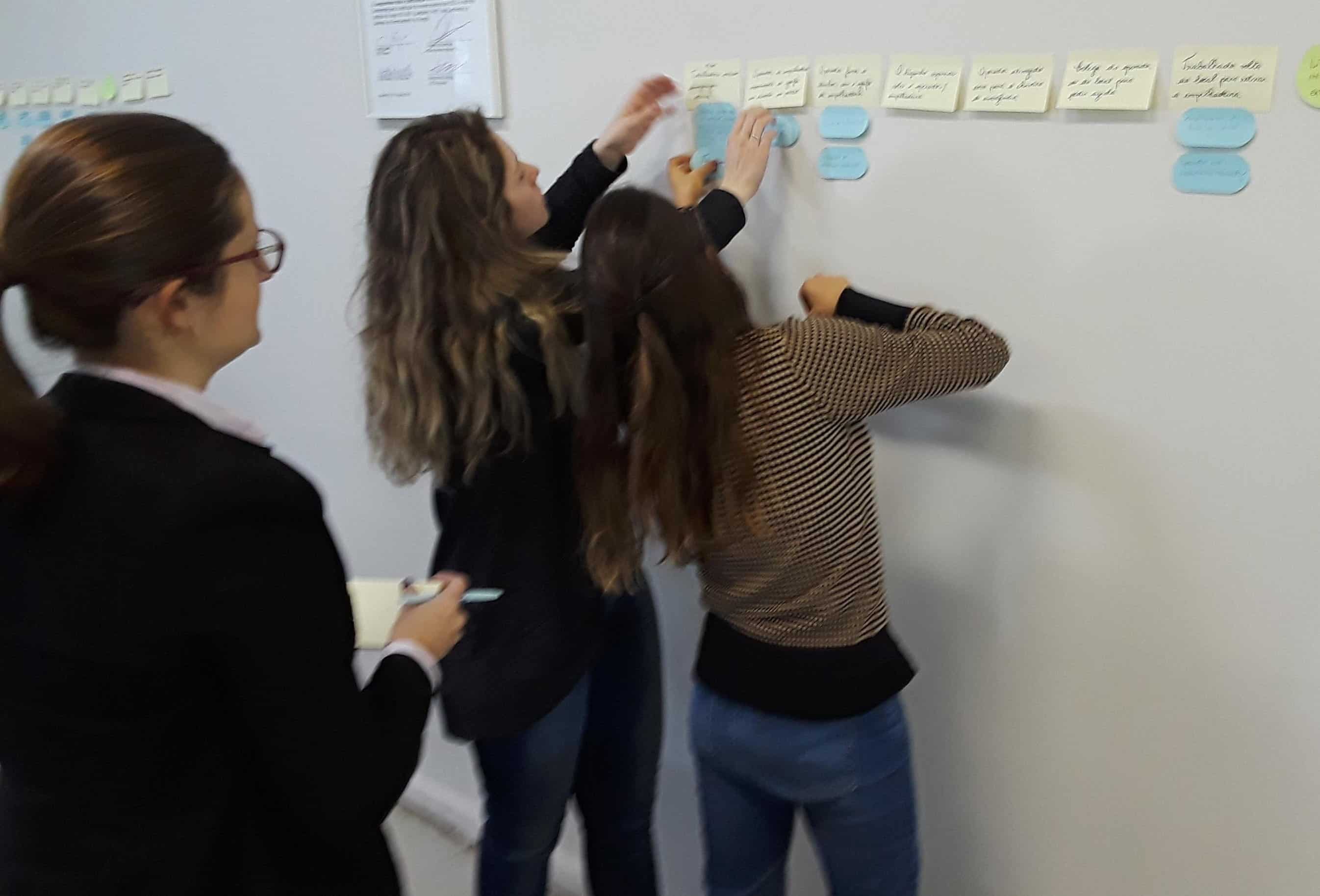Return on Investment: Lessons from MARCON 2006
I recently attended a maintenance reliability conference in Knoxville (MARCON 2006) sponsored by the University of Tennessee’s Maintenance Reliability Center. I was struck by a common theme that came up over and over during the 3 days of the conference. Maintenance managers seem to be at odds with some of their more senior management concerning program implementation. You KNOW that the root cause analysis process you are trying to implement is the right way to go. You KNOW that the proactive analysis techniques you have recently learned will help both your maintenance department and your company. You KNOW that Equifactor(R) will significantly reduce your equipment troubleshooting time and MTTR. Then why is there so much resistance to these changes from your senior management?
In reality, it is usually our fault. We have not been very good at recognizing what our managers are focussed on. Remember, they have an obligation to the shareholders, and in most cases, those obligations revolve around PROFIT. So that is what WE must focus on when presenting our ideas to management. Your presentations should include how your changes will affect the bottom line. Some suggested ways to do this:
1. Calculate your return on investment. For equipment reliability improvements, this has historically been at least a 6:1 benefit ratio.
2. Show them how much production you are losing because of unscheduled equipment down-time. Include overtime calculations, production line start-up time, replacement parts cost, and waste generated during start-up.
3. Show how much more production can result from more efficient equipment operation. This unit per hour calculation addes up quickly.
These techniques must result in an actual dollar amount. This will quickly grab the attention of the manager who is responsible for approving your new ideas for using Equifactor(R) as part of your troubleshooting toolbox.



